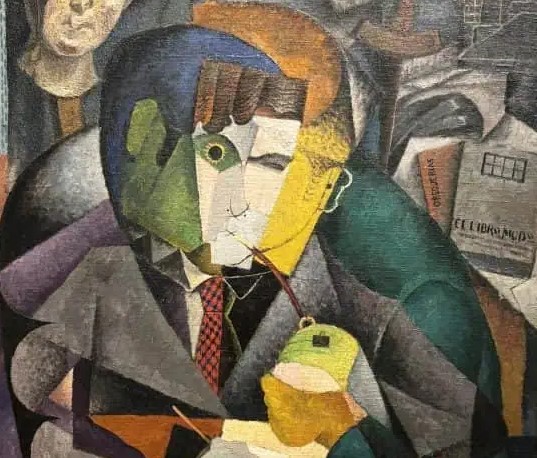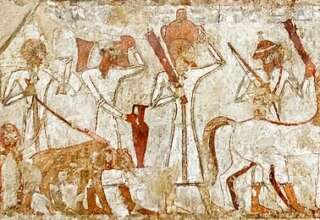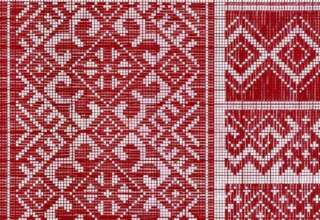
The architecture of Mesoamerican civilizations evolved in style from simple to complex. Teotihuacan, designated a UNESCO World Heritage Site in 1987, is one of the foremost examples of ancient pyramid construction. The cities of the Maya stand out to modern architects as examples of integration between large urban centers (with elaborate stone construction) and a thick jungle, generally with a complex network of roads. Pre-Columbian Mesoamerica also saw distinctive architectural influences from the Olmec, the Puuc and oasiamerican peoples.
With the arrival of the Spanish, architectural theories of the Greco-Latin order with Arab influences were introduced. In the first few decades of Spanish presence in the continent, the high level of Christian missionary activity, especially by mendicant orders like the Dominicans or Franciscans, meant the construction of many monasteries, often with Romanesque, Gothic or Mudéjar elements. The interaction between Spaniards and Indigenous people gave rise to artistic styles such as the tequitqui, from the Nahuatl term for worker or builder. Years later, Baroque and Mannerist styles prevailed in large cathedrals and civil buildings. In rural areas, haciendas or stately estates with Mozarabic tendencies were built. In the 19th century, the neoclassical movement arose as the country gained independence and sought to establish itself as a republic.
Mexican literature has its antecedents in the literature of the indigenous settlements of Mesoamerica. Poetry had a rich cultural tradition in pre-Columbian Mexico, being divided into two broad categories—secular and religious. Aztec poetry was sung, chanted, or spoken, often to the accompaniment of a drum or a harp. In the modern era, the novel of the Mexican Revolution by Mariano Azuela (Los de abajo, translated to English as The Underdogs) is noteworthy as are the works of Poet and Nobel Laureate Octavio Paz.
Mexico has a long tradition of music from the prehispanic era to the present. Much of the music from the colonial era was composed for religious purposes. Although the traditions of European opera and especially Italian opera had initially dominated the Mexican music conservatories and strongly influenced native opera composers (in both style and subject matter), elements of Mexican nationalism had already appeared by the latter part of the 19th century. The most well-known Mexican composer of the twentieth century is Carlos Chávez (1899–1978), who composed six symphonies with indigenous themes, and rejuvenated Mexican music, founding the Orquesta Sinfónica Nacional. Traditional Mexican music includes mariachi, banda, norteño, ranchera, and corridos. Corridos were particularly popular during the Mexican Revolution (1910–20) and in the present era include narcocorridos. The embrace of rock and roll by young Mexicans in the 1960s and 1970s brought Mexico into the transnational, counterculture movement of the era.





